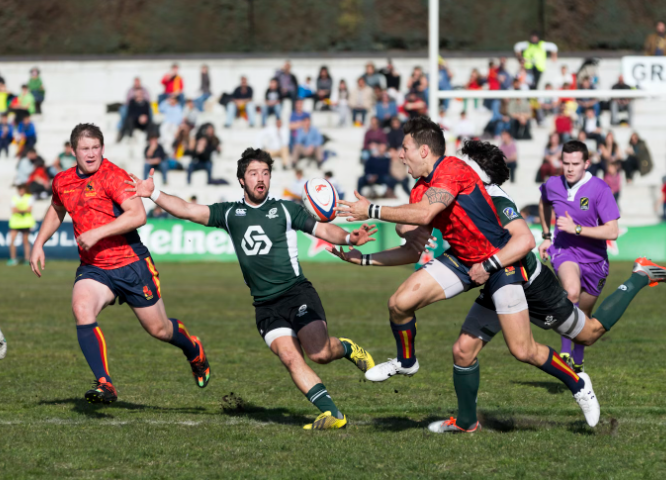Rugby union has a rich history full of remarkable players who have left an indelible mark on the sport. While many talented rugby players have graced the pitch over the decades, a select few have transcended the game to earn the title of legend. This article will explore some of rugby union’s most iconic figures and examine how their skills, achievements, and leadership influenced the evolution of the sport.
The players selected for their legendary status combined exceptional physical talents with an advanced understanding of rugby tactics and skills. Their success on the field demonstrated new possibilities for the sport. Additionally, their personalities and leadership qualities inspired teammates and opponents alike. These rugby greats set new standards in the sport while captivating fans worldwide.
The Fly-Halves Who Changed Rugby History
One position where legends have made their mark is fly-half. The fly-half is one of the most important positions on a rugby team, often described as the quarterback of rugby for their role as a primary passer, kicker, and playmaker. Fly-halves like Jonny Wilkinson of England and Dan Carter of New Zealand have left lasting legacies thanks to their sublime skills and ability to control the flow of a match. Wilkinson is renowned for his impeccable goal kicking technique and ability to stay composed under immense pressure. His last-minute drop goal to clinch the 2003 Rugby World Cup for England is etched in rugby lore. Carter meanwhile is renowned for his vision, creative passing, and ability to unlock defenses. The two-time World Player of the Year set numerous records during his illustrious career with the All Blacks. Both players changed people’s perception of what was possible from a fly-half thanks to their well-rounded talents and clutch playmaking.
Iconic Open-Side Flankers of Rugby Union
The open-side flanker position has also seen its share of legends influence the evolution of back row play. Two iconic open-sides are New Zealand’s Richie McCaw and Australia’s David Pocock. McCaw, a three-time World Player of the Year, is regarded by many as the greatest open-side flanker ever thanks to his superhuman work rate, ability to read play, and excellence at the breakdown. Pocock similarly brought new levels of dynamism, physicality, and prowess over the ball to back row play. Both players often turned matches through their dominance at the breakdown and immense defensive efforts. Their unmatched performances made the open-side flanker a more specialized and influential position tailored to benefit from the talents of exceptional individuals like McCaw and Pocock.
Legendary Fullbacks Who Redefined the Position
Lastly, the fullback position has benefitted tremendously from legends like Australia’s Israel Folau and France’s Serge Blanco. Folau, with his size and explosiveness, showed how fullbacks can be dominant aerial threats and finishing weapons on attack. Blanco meanwhile pioneered the concept of the counter-attacking fullback, leveraging his speed, vision, and ball skills to launch devastating counterattacks from deep. Both players expanded fans’ understanding of what fullbacks were capable of doing for a team through their respective strengths. Modern fullbacks invariably pick aspects of Folau’s and Blanco’s play to blend into their own game as they aspire to match the legends’ influence.
| Player | Country | Key Achievements |
|---|---|---|
| Jonny Wilkinson | England | – 2003 Rugby World Cup winner, All-time leading point scorer for England |
| Dan Carter | New Zealand | – 3x World Rugby Player of the Year, All-time leading point scorer for New Zealand |
| Richie McCaw | New Zealand | – 3x World Rugby Player of the Year, 148 caps (most for New Zealand) |
| David Pocock | Australia | – Instrumental in Wallabies’ 2011 RWC run, A stalwart over the ball at the breakdown |
| Stephen Larkham | Australia | – 1999 Rugby World Cup winner, 2x World Rugby Player of the Year runner-up |
| Naas Botha | South Africa | – 44 caps for Springboks, Record holder for points in a test match |
In summary, rugby union has been shaped over the decades by visionary players like Jonny Wilkinson, Dan Carter, Richie McCaw, David Pocock, Israel Folau, and Serge Blanco among other legends. Their incredible skills and achievements raised the bar of excellence at their positions while their playing styles opened up new tactical possibilities. By setting enduring examples of how to master rugby union, these legendary figures imbued the sport with a richer heritage and inspired those who followed them to push boundaries further. Their lasting influence is woven into the fabric of the game.
